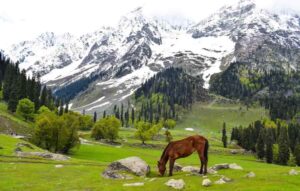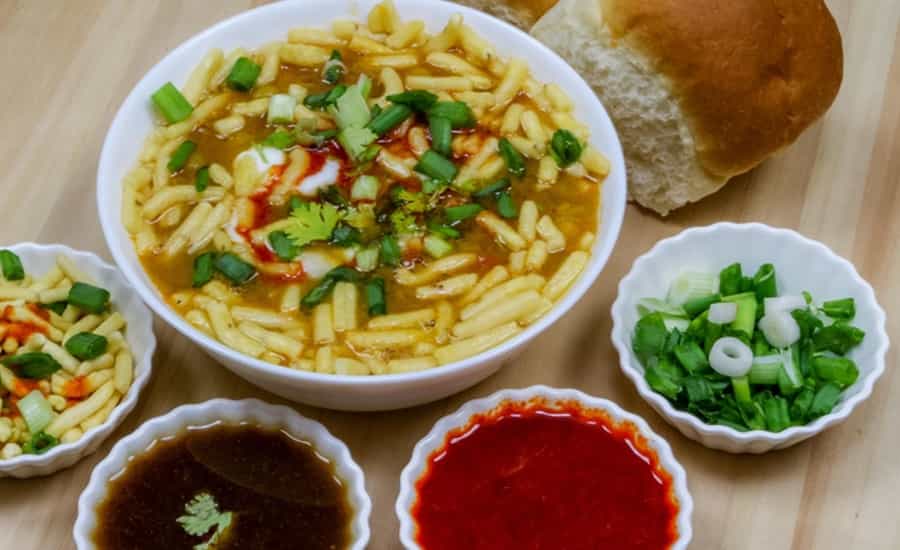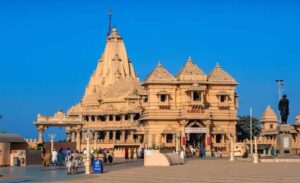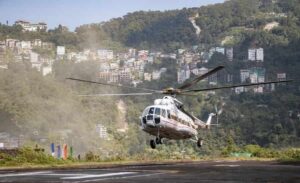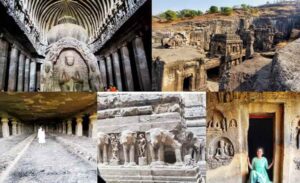Best Time To Visit Kargil
Kargil, a picturesque town in the Indian Union Territory of Ladakh, is known for its rugged landscapes, rich culture, and historical significance. Situated at an altitude of about 2,676 meters (8,780 feet) above sea level, Kargil offers a unique travel experience throughout the year. However, the ideal time to visit this enchanting destination depends on your preferences and the kind of experiences you seek. In this comprehensive guide, we will explore the various seasons and weather conditions in Kargil to help you choose the best time for your visit.
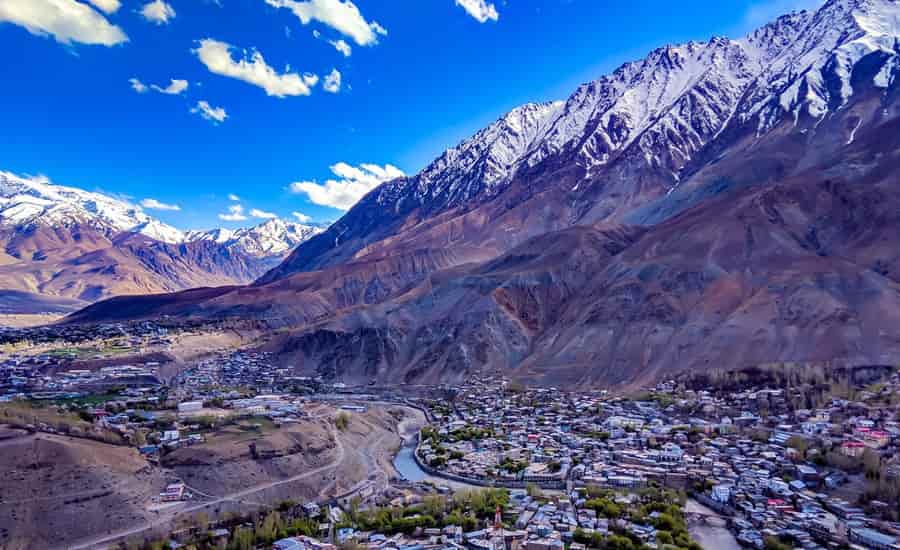
Spring in Kargil
Weather and Temperature
Spring in Kargil typically spans from March to May. During this period, the weather gradually warms up, and the temperature ranges from 10°C to 20°C (50°F to 68°F). The snow starts melting, and the landscape comes alive with the blossoming of wildflowers.
Activities and Attractions
- Spring is an excellent time for nature enthusiasts and trekkers. You can explore the picturesque Suru Valley and experience the lush green landscapes.
- Visit the Sani Monastery and participate in the colorful festival of Sani Nasjal, which usually falls in April.
- Explore the local markets and savor Ladakhi cuisine.
Pros and Cons
- Pros: Pleasant weather, beautiful landscapes, and cultural festivals.
- Cons: The roads may be partially inaccessible due to snowmelt, limiting travel options.
Summer in Kargil
Weather and Temperature
Summer, which lasts from June to August, is the peak tourist season in Kargil. The temperature ranges from 15°C to 30°C (59°F to 86°F). Days are longer, and the weather is generally pleasant, making it an ideal time for various activities.
Activities and Attractions
- Go trekking in the stunning Zanskar Valley and explore the high-altitude lakes like Tso Moriri and Tso Kar.
- Attend the Ladakh Festival held in Leh, showcasing the region’s rich cultural heritage.
- Enjoy local festivals like Yuru Kabgyat and Phyang Tserup.
Pros and Cons
- Pros: Pleasant weather, accessibility to high-altitude areas, and numerous festivals.
- Cons: Crowded tourist spots, higher prices, and the need to book accommodations in advance.
Monsoon in Kargil
Weather and Temperature
- Monsoon, which lasts from July to early September, is characterized by intermittent rainfall. The temperature ranges from 10°C to 25°C (50°F to 77°F).
Activities and Attractions
- Witness the unique beauty of Kargil during monsoon when the landscape turns lush and vibrant.
- Visit the famous Mulbekh Monastery and explore the Zanskar River.
Pros and Cons
- Pros: Fewer tourists, vibrant landscapes, and a unique experience.
- Cons: Unpredictable weather, landslides, and limited road access to certain areas.
Autumn in Kargil
Weather and Temperature
Autumn, which spans from September to November, is another fantastic time to visit Kargil. The temperature ranges from 5°C to 20°C (41°F to 68°F). As the season progresses, the foliage transforms into breathtaking shades of red and gold.
Activities and Attractions
- Embark on treks to the Dras Valley and experience the serenity of this less-visited region.
- Attend the Ladakh Literature Festival in Leh, which celebrates literature and culture.
Pros and Cons
- Pros: Pleasant weather, colorful landscapes, and fewer tourists compared to summer.
- Cons: Some places may start closing as winter approaches.
Winter in Kargil
Weather and Temperature
- Winter, from December to February, is the coldest and most challenging season in Kargil. The temperature drops significantly, ranging from -20°C to 0°C (-4°F to 32°F). This is the time when Kargil is covered in a pristine blanket of snow.
Activities and Attractions
- Experience the Chadar Trek on the frozen Zanskar River, an adventurous trek for thrill-seekers.
- Visit the stunning monasteries without the crowds.
- Partake in local winter festivals and savor traditional Ladakhi dishes.
Pros and Cons
- Pros: Unique winter experiences, cultural immersion, and serene surroundings.
- Cons: Extremely cold weather, limited accessibility, and the need for proper winter gear.
Conclusion
Choosing the best time to visit Kargil largely depends on your interests and what kind of experiences you seek. While summer is the most popular time due to pleasant weather and accessibility, each season has its unique charm. Spring and autumn offer a balance between favorable weather and fewer crowds, making them ideal for those seeking a peaceful escape. Monsoon and winter cater to those who desire a more unconventional and adventurous trip.
Consider your preferences, interests, and the activities you’d like to undertake when planning your trip to Kargil. Regardless of the season, Kargil’s dramatic landscapes, warm hospitality, and rich cultural heritage make it a captivating destination year-round.
Must Read:

